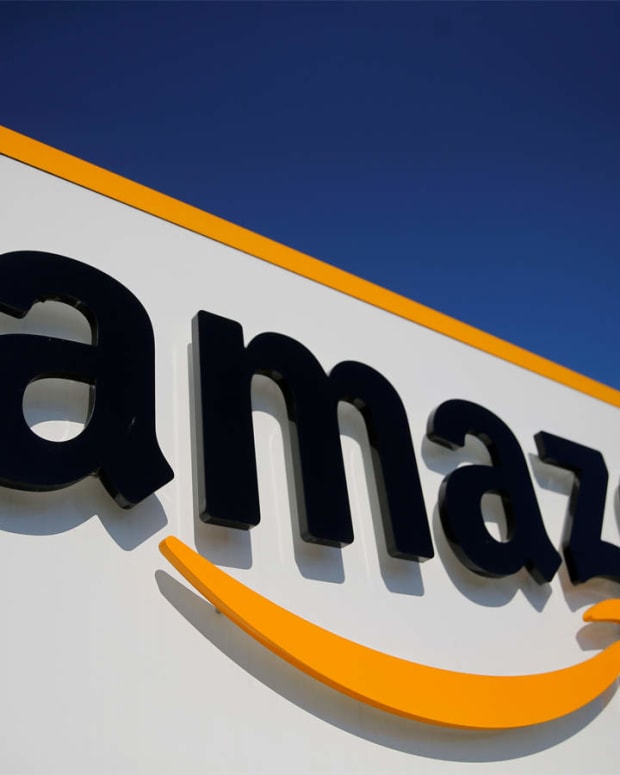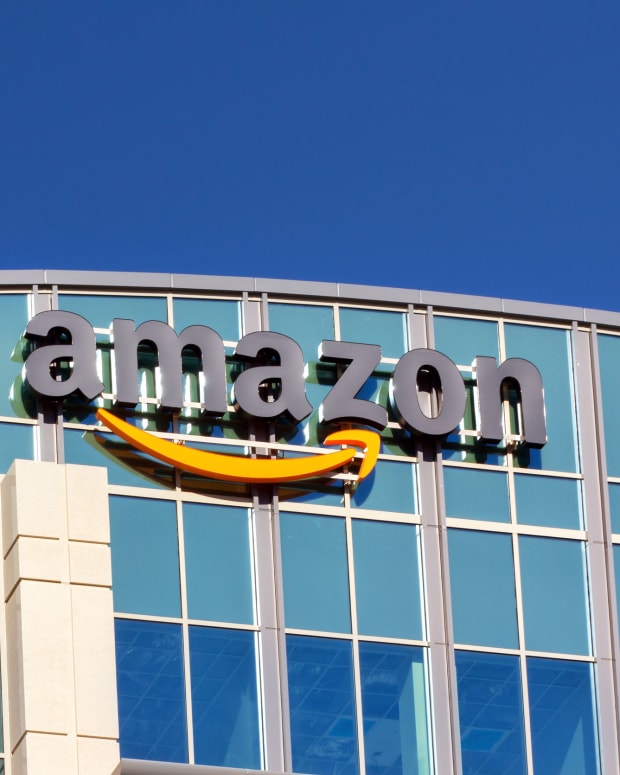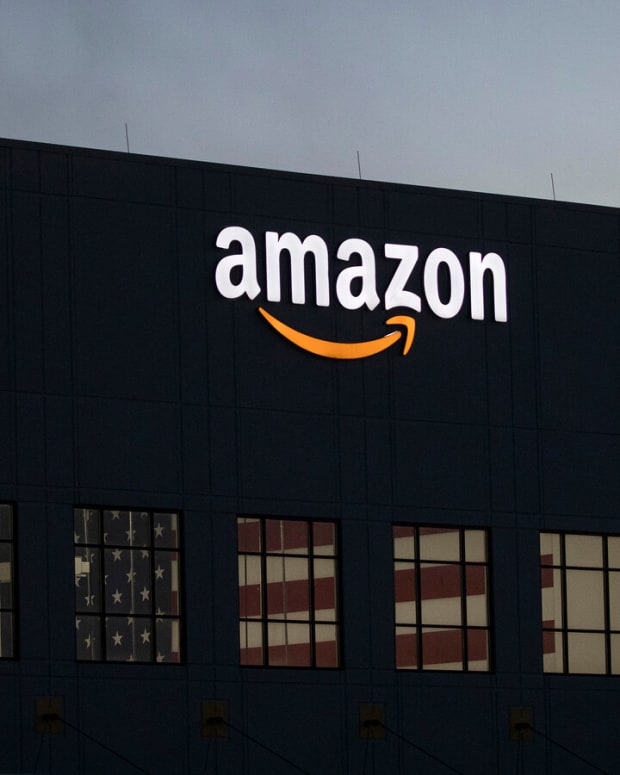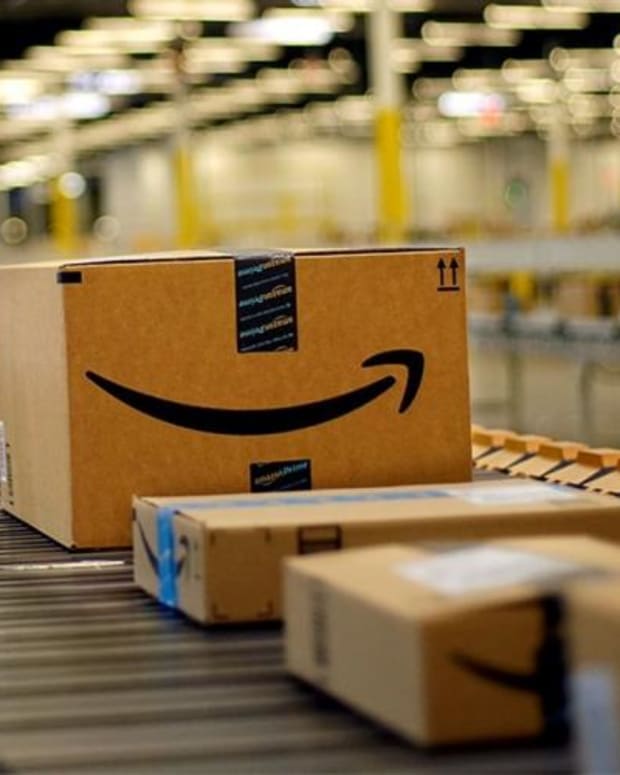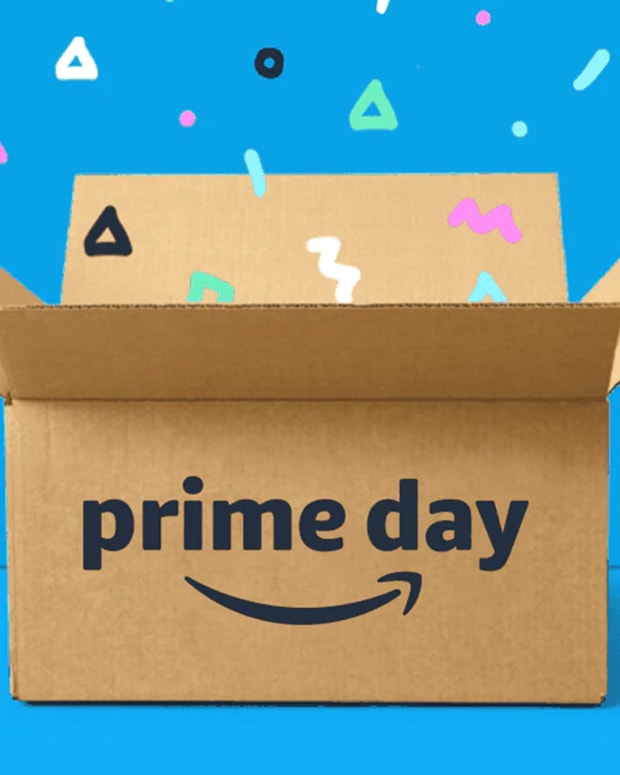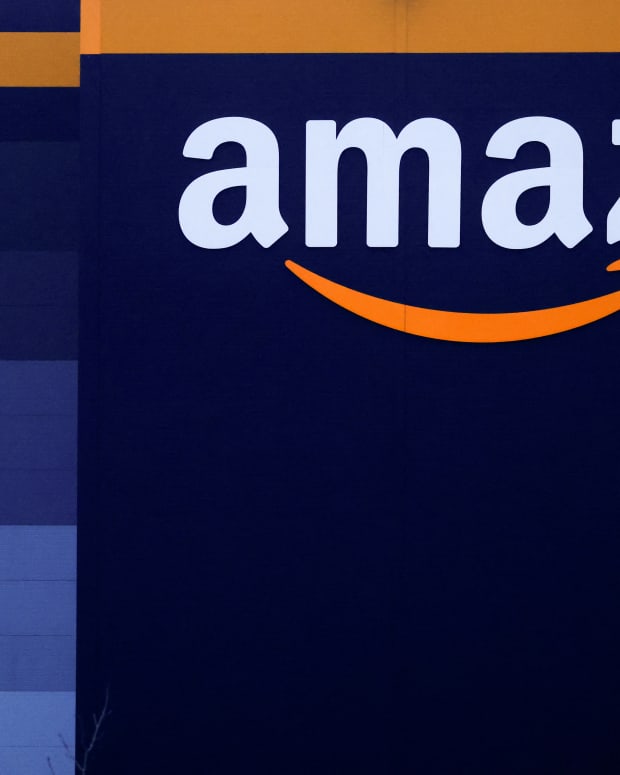Amazon's (AMZN) Second Prime Day: A Wasted Effort?
Amazon’s (AMZN) first Prime Day event of 2022 took place in July and registered a new sales record. This led analysts to hope that, despite macroeconomic headwinds, the e-commerce juggernaut had not lost (all of) its mojo.
Inspired by the July’s event success, Amazon launched a second Prime sales event on October 11 and 12. It was called the Prime Early Access Sale.
However, it might have turned out to be a double-edged sword.
Amazon's management team was likely confident that a second Prime event would be a foretaste of the upcoming holiday season's sales.
Still, the Prime Early Access Sale didn't meet expectations, making some analysts bearish (or at least "less bullish") on the company.
(Read more from Wall Street Memes: AMZN: One Reason to Buy and One Reason to Sell)
October Didn't Meet July's Numbers
Amazon has reported little to no information about the Prime Early Access event's sales figures or its generated profit. However, the company did disclose that “tens of millions of Prime members ordered more than 100 million items from third-party vendors.”
According to Bank of America’s Justin Post, sales “were likely down from July.” His firm estimated that the Prime Early Access Sale generated $5.7 billion, while revenues from the July event reached $7.5 billion.
And BoA is not alone. CNBC also reported that data company Klover noted a drop in both consumer spending and volume, stating that the transaction frequency was down 30% between the July and October events.
CNBC also reported data from Numerator comparing the average spend per order for both events: $46.68 in October against $60.29 in July.
Are Big Sales a Warning Sign?
Despite the extra income that sales events add to Amazon's top line, thanks to slashed prices, not much of the added net revenue can be converted into operating income.
Because of that, Cavenagh Research believes big sales events are nothing but a “warning sign.”
“I don't like the implications of a sales promotion. I think it is a desperate move to meet market revenue expectations,” an article Cavenagh contributed to Seeking Alpha stated.
The author also highlighted how the e-commerce titan has been struggling to maintain its net sales throughout the last quarters amid an increase in operating expenses and the depletion of its profit margins.
The Benefit of the Prime Early Access Sale
However, there is a bright side. According to Juozas Kaziukenas, founder of research firm Marketplace Pulse, Amazon still made more sales during the Prime Early Access Sale than it would have by not launching the event.
“I think it did fine for what Amazon was trying to do, which was to reduce the amount of products they have in their warehouses,” Kaziukenas said. He wrote that discount events have a relatively low cost to produce and have an important boosting effect on sales.
And Kaziukenas is not alone in his bullishness.
BoA's Justin Post also had a positive thing to say about the "second Prime Day" event: "Ultimately, we view this Early Access event as incrementally beneficial, as both a branding event for Prime and potentially smoothing holiday demand aiding with logistics."
(Disclaimers: this is not investment advice. The author may be long one or more stocks mentioned in this report. Also, the article may contain affiliate links. These partnerships do not influence editorial content. Thanks for supporting the Amazon Maven)


